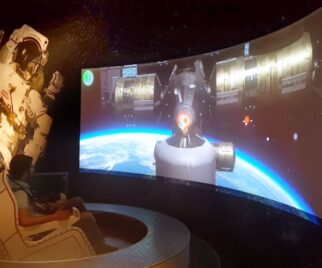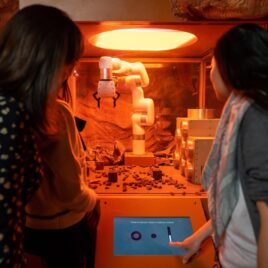The journey of bringing an interactive exhibit to life is a collaborative venture that often begins with a well-crafted design document. Interactive exhibit design document serves as the blueprint, guiding fabricators through the intricacies of turning ideas into tangible, engaging experiences. In the realm of tendering, where interactive exhibit fabricators bid for the opportunity to bring a vision to fruition, the design document becomes a pivotal tool. Let’s explore the essential elements that elevate a design document from a mere concept to a roadmap for success.
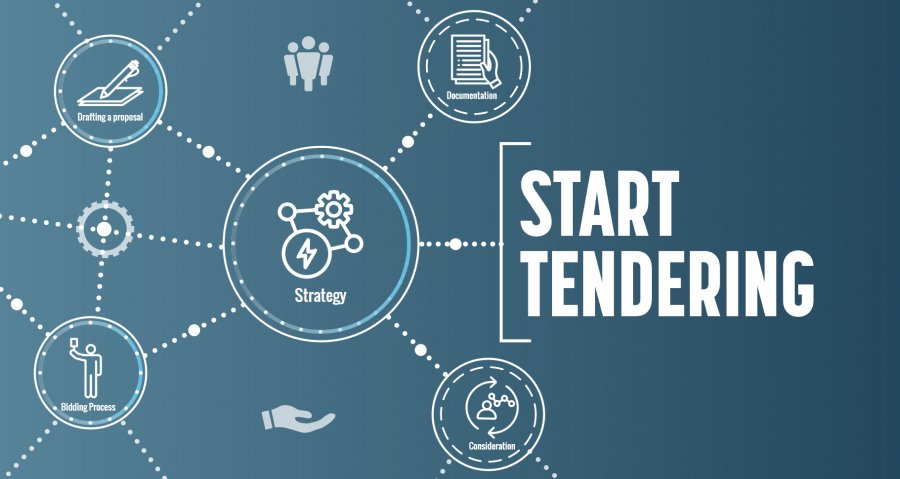
1. Clear Project Overview and Objectives
Project Scope: Begin with a concise yet comprehensive overview of the project. Define the scope, outlining the key goals and objectives that the interactive exhibit aims to achieve. This sets the stage for a shared understanding of the project’s purpose and vision.
Educational and Experiential Goals: Clearly articulate the educational outcomes and experiential goals you aim to accomplish. Whether it’s fostering STEM learning, promoting specific themes, or creating a memorable visitor experience, a well-defined set of goals provides a roadmap for fabricators to align their creative efforts.
2. Audience Analysis and Target Demographics
Understanding the Audience: Delve into the characteristics of the target audience. Provide insights into the age groups, interests, and learning preferences of the intended visitors. This information helps fabricators tailor the interactive exhibit to resonate with the specific needs of the audience.
Accessibility Considerations: Highlight any accessibility requirements, ensuring that the exhibit accommodates visitors with diverse abilities. Consider factors such as physical access, sensory considerations, and inclusivity in the design to create a space that caters to everyone.
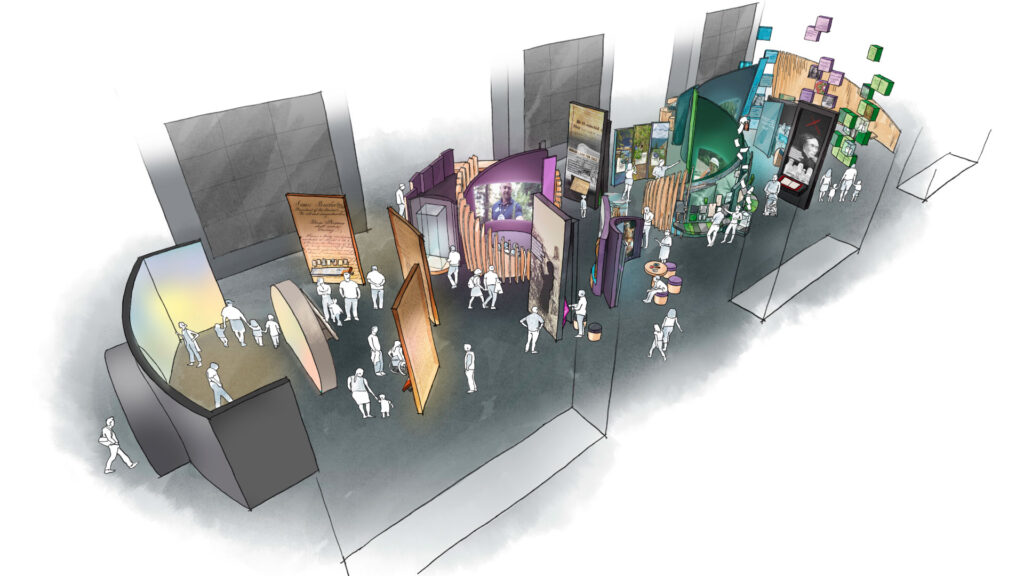
3. Interactive Elements and Technologies
Innovative Interactivity in Interactive Exhibit Design Document: Define the interactive elements that will be incorporated into the exhibit. Whether it’s touchscreens, motion sensors, augmented reality, or a combination of technologies, provide a detailed overview of how interactivity will be woven into the fabric of the exhibit.
Technology Integration: Specify the level of technology integration desired and any specific technical requirements. Detail the desired user interfaces, responsiveness, and potential connectivity with external systems or databases for a seamless visitor experience.
4. Exhibit Layout and Spatial Considerations
Spatial Design: Offer insights into the spatial design of the exhibit. Outline the layout, flow, and arrangement of interactive elements within the physical space. Consider factors such as visitor circulation, viewing angles, and the overall visitor journey through the exhibit.
Engagement Zones: Define specific engagement zones within the exhibit, highlighting the purpose and interactive elements associated with each zone. This helps fabricators create a cohesive and purposeful layout that maximizes visitor engagement.
5. Educational Content and Storytelling
Content Development: Articulate the educational content that will accompany the interactive elements. Specify the subject matter, key concepts, and learning outcomes. This information serves as a foundation for fabricators to align the exhibit’s interactive features with educational goals.
Storytelling Framework: If applicable, provide a storytelling framework for the exhibit. Outline the narrative arc, characters (if relevant), and the overall story that the exhibit aims to convey. A compelling narrative enhances visitor engagement and creates a memorable experience.
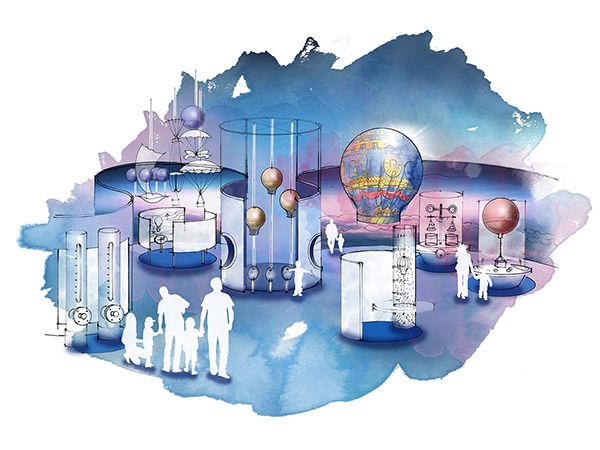
6. Visual Design and Aesthetics
Visual Concept and Theming: Present the visual concept and theming of the exhibit. Include mood boards, color schemes, and design inspirations to convey the intended aesthetic. This visual representation helps fabricators grasp the desired look and feel of the interactive space.
Branding Integration: If the exhibit is part of a larger institution or brand, specify how branding elements should be integrated. Maintain brand consistency while allowing for creative interpretation within the interactive exhibit.
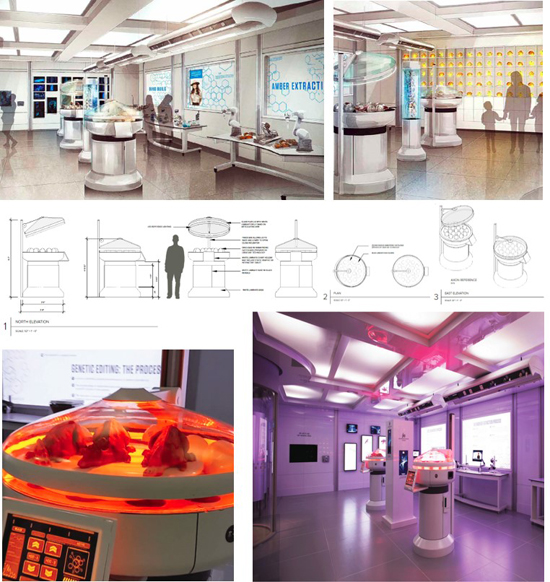
7. Material Selection and Finish Details
Cabinet Materials: Provide detailed specifications for the materials used in the exhibit cabinets. This may include wood, metal, fiberglass, plastic, and other components. For instance, if stainless steel is used, specify the material grade, and include information about finish details such as electrostatic powder coating, wet painting, linished surfaces, or polished surfaces.
8. Budget and Resource Constraints
Budgetary Guidelines: As part of the tendering process, budgetary details are not disclosed in the design document. However, general cost considerations should be kept in mind without specifying a budget range.
Resource Limitations: Address any resource limitations, such as space constraints or regulatory considerations. Clearly communicate any restrictions that may impact the design, ensuring that fabricators are equipped to propose solutions within the defined parameters.
9. Evaluation Criteria and Submission Requirements
Evaluation Criteria: Define the criteria by which submissions will be evaluated. Highlight key factors such as creativity, alignment with educational goals, feasibility, and past experience of the interactive equipment fabricator. This clarity ensures a fair and transparent evaluation process.
Submission Requirements: Clearly outline the requirements for fabricator submissions. Include essential elements such as design proposals, cost estimates, timelines, and relevant credentials. This streamlines the tendering process and allows for a standardized assessment of proposals.
Setting the Stage for Collaboration
In the intricate dance of transforming ideas into interactive exhibits, a well-crafted interactive exhibit design document serves as the choreographer, guiding interactive exhibit fabricators through every step of the creative journey. By incorporating these key elements, institutions set the stage for a collaborative partnership that not only meets the project objectives but also sparks innovation and excellence in interactive exhibit design.


